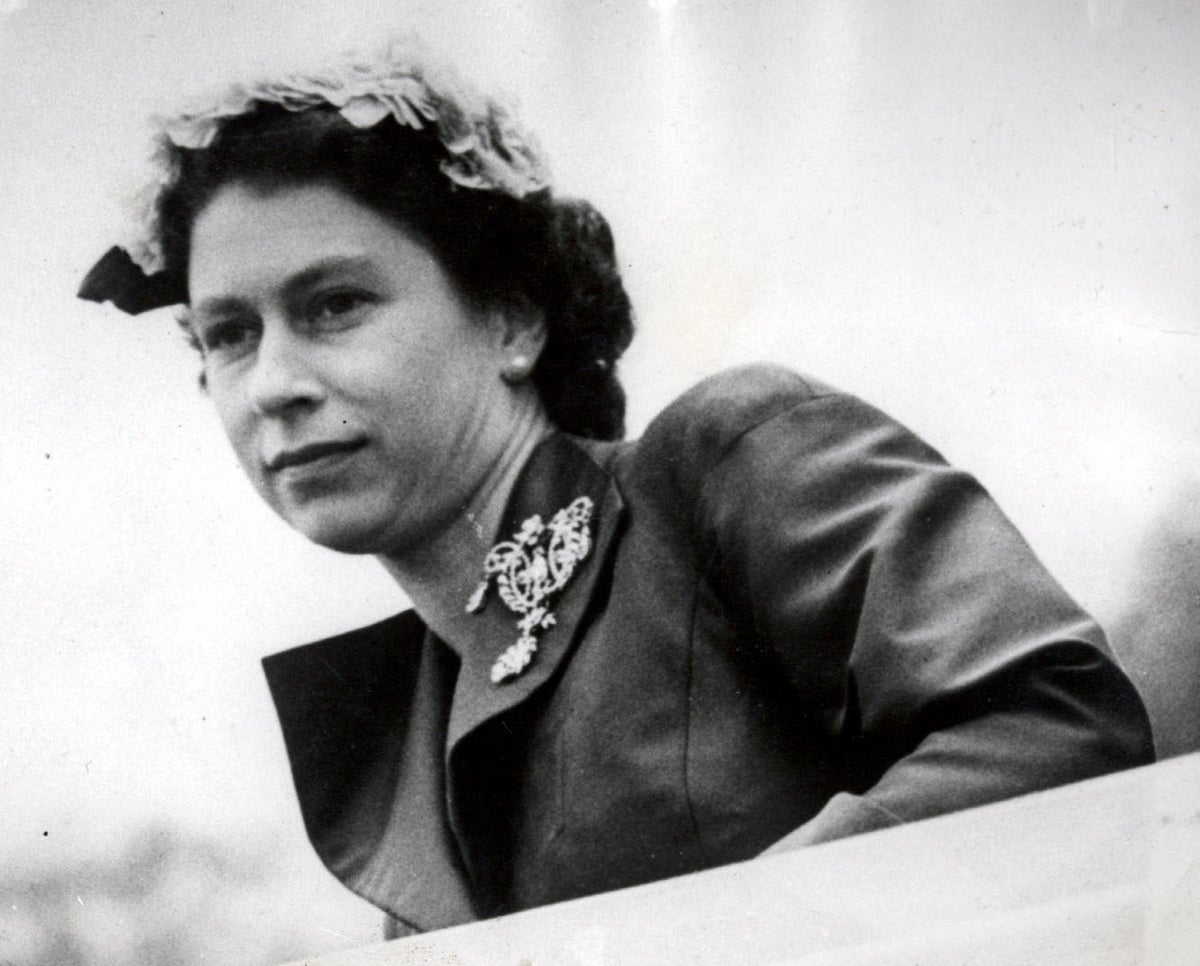
She was arguably the most famous woman on the planet, yet few people knew the private person behind the public face.
When meeting her subjects, the Queen would chat politely but always kept her guard up.
Shrewd and perceptive observers were rarely given amore than a glimpse of her true character.
Those who allowed themselves to get too chatty were soon put in their place with a kind of royal frostiness, or simply cut off as the Queen’s attention moved elsewhere.
A glaring downturned frown would be trained on photographers who kept snapping when she had had enough.
But a bright smile would lift those around her when she saw something that pleased or entertained her.
The Queen was described as phlegmatic and stoical, showing almost superhuman self-control at all times.
Throughout it all, the Queen, in her public life, never lost her cool.
It is the calmness with which the Queen operates. It is the calmness with which the Queen thinks. Nothing ever seems to fluster her— The Duke of York
The Duke of York said: “It is the calmness with which the Queen operates. It is the calmness with which the Queen thinks.
“Nothing ever seems to fluster her.”
Faced first with the disintegration of a once-great empire and then the well-publicised personal problems of her children and their spouses and other relatives, advisers said she never once threw up her arms in despair and gave up.
A strong sense of duty combined with an unshakeable Christian faith saw her through.
Few people appreciated the depth of the Queen’s religious belief.
There was no room for self-pity nor vanity.

While some members of the royal family may have been over-concerned with their image, the Queen appeared to pay little regard to such things.
Her overriding commitment to duty and moral authority kept her personal popularity intact.
Those close to the Queen described her as entirely genuine, reliable, efficient and professional, and as someone who conducted herself with dignity and integrity.
Even after decades on the throne, the Queen never gave a proper press interview answering direct questions.
She remained largely an enigma.
But every now and then there were insights into the real Elizabeth II.
One image which captured the Queen at her most relaxed was a colour shot by her first cousin once removed, Lord Lichfield, in 1972.
Sunglasses on, hair blowing in the wind, the Queen, with an exuberant open-mouthed smile, leaning slightly over the side of the Royal Yacht Britannia.
The flash of her much-hidden personality was a world away from that of the familiar, solemn head of state, known to millions for her composure and formality.
She was a common-sense woman and liked practical presents for Christmas.
There was outrage from some quarters when in November 2000 she was photographed wringing the neck of an injured pheasant with her bare hands on the Sandringham estate.
The Queen saw it merely as putting the bird of its misery in the most effective and humane way.
More at home in the country, she was perhaps happiest riding at Windsor or walking her dogs at Balmoral, wearing her familiar “off-duty” headscarf.
She was passive in her nature and tended to leave her children to their own business.
The Queen seemed to display a diplomatic trait of preferring to avoid confrontations, whether it be with ministers, advisers or members of her family.
She preferred not to make a fuss.
She was said to immerse herself in work, sinking into state papers, rather than face family rows and other emotional dramas.
Her public manner was almost invariably understated.
In private, her anger was rare, although she occasionally lost her temper – and once threw a pair of tennis shoes and a racquet at the Duke of Edinburgh in frustration during a tour to Australia.
Few people doubted the survival of the monarchy while the Queen was alive.
Support for her reign was solid despite the shockwaves of broken royal marriages and the death of Diana, Princess of Wales.
The Queen was not dogmatic by nature and was certainly no revolutionary.
She was a pragmatic, serious-minded, common-sense person who believed in evolutionary change.
She was an upholder of tradition and precedent – something which led to criticism when the public were grieving for Diana.
It led to her being viewed as remote, out of touch and unemotional, but the Queen spent much of her life keeping her feelings under the tightest control.
Occasionally, she was unable to contain her deep emotions.
Her eyes welled at the memorial service for the victims of the September 11 terror attacks in 2001 and at the decommissioning of her beloved Britannia in 1997.
She shed a tear in 2002 as she took the Queen Mother’s place just months after her death at the opening of the Field of Remembrance at Westminster Abbey.
But she was grieving yet composed in public at the funeral of her beloved Philip in 2021.
The Queen was hugely knowledgeable and read her government papers meticulously on the same evening she received them.
Compared with some previous monarchs – not least Queen Victoria – she used her influence sparingly.
It was a matter of conjecture whether this was a sign of strict discipline on her part or lack of controversial opinions.
One outlet from her daily duties was horse-racing and she loved reading the Form Book.
Rather than children bearing flowers, it was horses that the Queen would really beam at in delight if she encountered them during her public duties.
Animals were always a great release for the Queen and an important part of her childhood.
They meant freedom from formality and freedom to express her natural emotions – which, as Queen, she so often chose to keep firmly in check.







